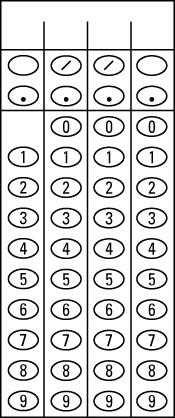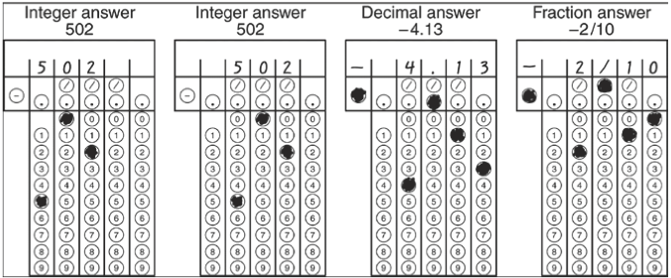

White indicates a PMI value of ∼0 (indeterminate wet/dry state), red is PMI > 0 (wet state), and blue is PMI < 0 (dry state). Plotted as numbers are the precipitation amounts (mm) of the reporting stations on this day. Darker shades are degrees of phase match (contour values excluded for clarity).Ĭomparison of the CI weighting scheme with a standard inverse distance and inverse distance squared weighting, for a specified radius of 0.75.Įxample of calculated PMI values on the target grid for one day (). For example, contrast node ( x = 4, y = 1) with node ( x = 1, y = 3). The rest of the nodes clearly show how markedly different the phase relationship between the station O i and the region can be. 2 is the node with zero precipitation across the region. The array of PMI fields on each SOM node for the example station O i. Darker shades are higher precipitation (contour values excluded for clarity). Node ( x = 5, y = 2) is the dry state across the entire region, and hence has a very high frequency of occurrence in comparison to the other nodes. The boxed numbers on each node reflect the frequency of occurrence (%).

Node ( x = 4, y = 4), on the other hand, shows a situation where rain at the station is minimal while significant rain occurs to the southeast. Of note are nodes such as ( x = 2, y = 1) showing dominantly localized rain at O i, compared to ( x = 1, y = 2) where the station has similar rain as the broad region to the northwest.
#Sat gridded response series
(bottom) A time series of the number of reporting stations on any given day.Įxample of SOM-derived archetype precipitation fields (mm) in relation to station O i. The inset square is the domain that focused on in results presented later-a region of complex topographical forcing. (top) The spatial domain of study and the location of reporting stations.


 0 kommentar(er)
0 kommentar(er)
